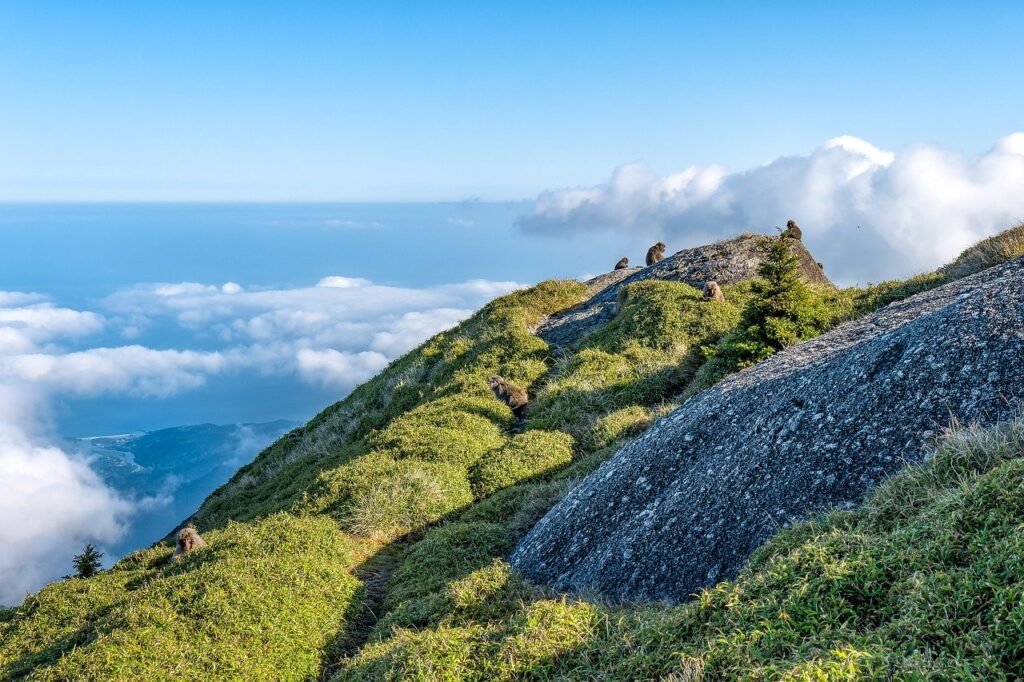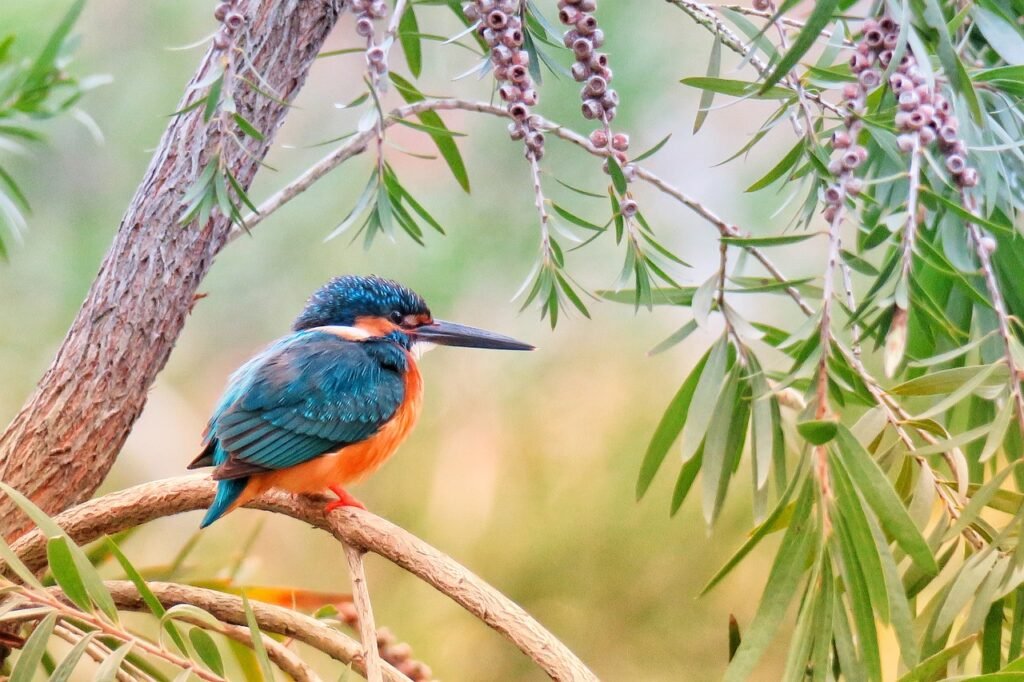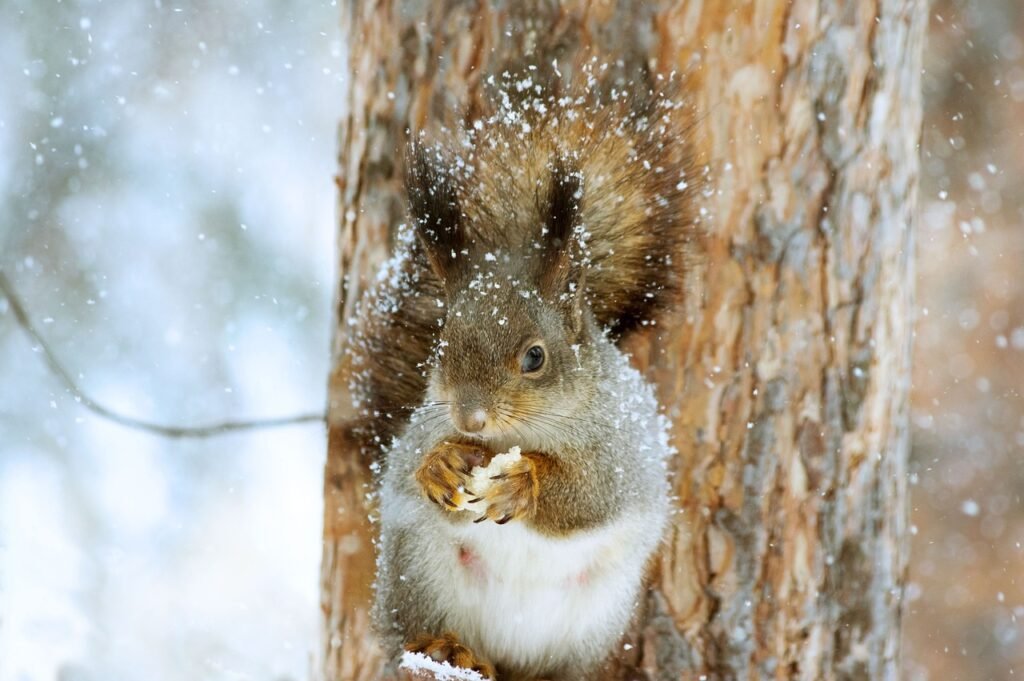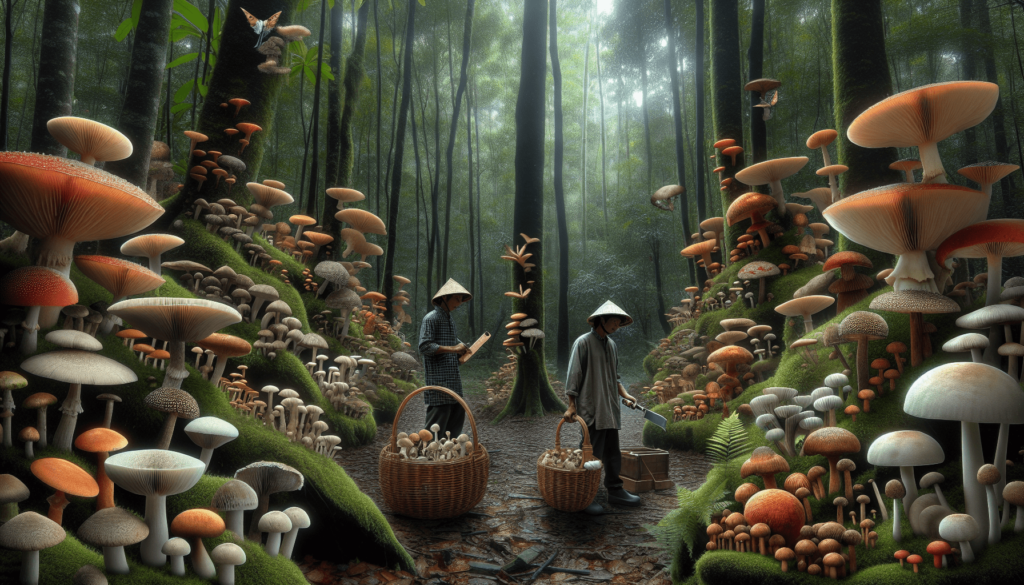Did you know that mushroom foraging can be a fun and rewarding outdoor activity? But before you head out into the woods, it’s important to ask yourself, “Is mushroom foraging safe?” With the popularity of wild mushroom picking on the rise, it’s crucial to be aware of the potential dangers and take necessary precautions. In this article, we will explore the safety aspects of mushroom foraging and provide you with tips to ensure a safe and enjoyable foraging experience. So, put on your hiking boots and let’s delve into the world of mushroom hunting!

Potential Dangers of Mushroom Foraging
Identifying Poisonous Mushrooms
When it comes to mushroom foraging, one of the main concerns is the ability to correctly identify poisonous mushrooms. Some species of mushrooms can be highly toxic and even deadly if consumed. It is crucial to have a deep understanding of the distinguishing features of poisonous varieties to avoid any potential health risks.
Toxicity of Mistakenly Consumed Mushrooms
Consuming poisonous mushrooms can have severe consequences on your health. Different varieties of toxic mushrooms contain various harmful substances that can cause symptoms ranging from mild gastrointestinal discomfort to organ failure. It is essential to be aware of the potential toxicity and never consume any mushroom without proper identification.
Environmental Hazards
Another aspect to consider when foraging for mushrooms is the potential environmental hazards. Trampling on delicate ecosystems and habitats can have negative effects on the natural balance of these areas. It is important to exercise caution and be mindful of the impact you have on the environment while searching for mushrooms.
Safety Precautions for Mushroom Foraging
Knowledge and Education
Obtaining the necessary knowledge and education is key to ensuring a safe mushroom foraging experience. Familiarize yourself with reputable resources, such as field guidebooks and online forums, that provide detailed information on mushroom identification, toxic species, and best foraging practices. Equip yourself with the knowledge needed to make informed decisions.
Expert Guidance
Consider seeking the guidance of experienced mushroom foragers or mycologists. These experts can offer valuable insights and teach you how to identify different mushroom varieties accurately. Learning from those with extensive knowledge can significantly reduce the risk of mistakenly consuming toxic mushrooms.
Proper Equipment
Having the right equipment is crucial for safe mushroom foraging. Invest in a reliable field guidebook that illustrates various mushroom species and their characteristics. Additionally, a mushroom knife with a brush for cleaning and a mesh bag or collection basket for storing your finds are essential tools for a successful and safe foraging outing.
Limited Consumption
Even if you are confident in identifying edible mushrooms, it is advisable to limit your consumption initially. Some people may have adverse reactions or allergies to certain mushroom species, even those considered edible. By gradually introducing mushrooms into your diet, you can monitor your body’s response and ensure you tolerate them well.
Safe Handling and Preparation
Proper handling and preparation of foraged mushrooms are vital to eliminate any potential risks. Thoroughly clean each mushroom, removing any dirt or debris, and inspect for signs of spoilage. When cooking mushrooms, ensure they are cooked thoroughly to destroy any potential harmful substances. Following safe handling practices will reduce the likelihood of any adverse effects.
Benefits of Mushroom Foraging
Culinary Delights
One of the most obvious benefits of mushroom foraging is the chance to discover and savor a variety of culinary delights. Edible mushrooms add unique flavors and textures to dishes, enhancing recipes with their earthy and savory profiles. From creamy morels to meaty porcinis, the world of edible mushrooms offers a vast array of delicious possibilities.
Connecting with Nature
Mushroom foraging provides an opportunity to connect with nature on a deeper level. As you wander through forests and meadows, hunting for mushrooms, you’ll witness the beauty of the natural world firsthand. Being surrounded by the sights, sounds, and scents of the outdoors can be incredibly rejuvenating and fulfilling.
Health and Nutrition
Mushrooms offer numerous health benefits and are a valuable source of nutrition. They are low in calories, rich in vitamins, minerals, and antioxidants, and can contribute to a well-rounded and nutritious diet. Incorporating a variety of edible mushrooms into your meals can enhance your overall health and well-being.
Common Edible Mushroom Varieties
Morel Mushrooms
Morel mushrooms are highly sought after by mushroom enthusiasts for their distinctive appearance and exceptional flavor. With their unique honeycomb-like caps and earthy, nutty taste, morels are considered a delicacy in the culinary world. They can be found in woodlands and are often associated with the arrival of spring.
Chanterelle Mushrooms
Chanterelle mushrooms are known for their vibrant golden color and fruity aroma. They have a delicate, mildly peppery taste that pairs beautifully with a variety of dishes. Found in forests and woodland areas, these mushrooms are prized for their meaty texture and versatility in both savory and sweet recipes.
Porcini Mushrooms
With their robust flavor and meat-like texture, porcini mushrooms are highly regarded in the culinary world. They have a rich, nutty taste that adds depth to soups, sauces, and pasta dishes. Porcini mushrooms are commonly found in certain types of forests, especially during the autumn months.
Lobster Mushrooms
Lobster mushrooms are unique in appearance and taste. They have a vivid orange color and a sweet, seafood-like flavor that mimics the taste of lobster. These mushrooms are often found growing near or on decaying hardwoods, particularly during the late summer and fall seasons.
Chicken of the Woods Mushrooms
Chicken of the Woods mushrooms are known for their vibrant orange and yellow colors, resembling the plumage of a chicken. They have a soft, tender texture reminiscent of cooked chicken and offer a mild, slightly tangy taste. These mushrooms can be found on living or dead trees and logs, particularly in wooded areas.

How to Identify Edible Mushrooms
Research and Study
The key to identifying edible mushrooms lies in research and study. By immersing yourself in books, online resources, and field guides, you can learn to recognize the distinctive features of various edible mushrooms. Familiarize yourself with their characteristics, growth habitats, and any potential look-alike species to make accurate identifications.
Distinctive Characteristics
Each type of edible mushroom possesses unique characteristics that set them apart. Pay attention to features such as cap shape, color, texture, and the presence or absence of gills or pores. Learning to discern these distinctive traits will help you identify edible mushrooms more confidently.
Gill and Spore Color
The color of gills and spores can provide valuable information when identifying mushrooms. Take note of the color of the gills beneath the cap and the color of the spores they release when mature. These colors can indicate specific mushroom varieties and assist in accurate identification.
Cap and Stem Characteristics
Examining the cap and stem of a mushroom can reveal important clues about its edibility. Note the size, shape, and surface texture of the cap, as well as any markings or scales. Pay attention to the stem’s length, thickness, and any distinctive features, such as a ring or a bulbous base. These characteristics can help differentiate edible mushrooms from toxic ones.
Smell and Taste
The smell and taste of a mushroom can provide further insights into its identity. Some edible mushrooms have distinct aromas, ranging from earthy and nutty to fruity or floral. Familiarizing yourself with these scents can assist in confirming an identification. However, it is crucial to remember that smelling and tasting mushrooms should only be done with absolute certainty they are safe to consume.
Tools and Equipment for Mushroom Foraging
Field Guidebooks
Field guidebooks are an invaluable resource for both novice and experienced mushroom foragers. These books provide detailed descriptions, photographs, and identification tips for various mushroom species. Invest in a reliable guidebook tailored to your region to assist you in accurately identifying the mushrooms you encounter.
Mushroom Knife
A mushroom knife is a specialized tool designed for safe and efficient mushroom foraging. These knives typically feature a sharp blade for cutting, a brush for removing debris, and a folding design for portability. Carry a mushroom knife to ensure you can harvest mushrooms without damaging them or the surrounding environment.
Mesh Bag
A mesh bag is an essential accessory for collecting mushrooms during your foraging expeditions. It allows for proper air circulation, preventing mushrooms from becoming soggy or rotting while in transit. The mesh bag also prevents the build-up of moisture, which can contribute to the growth of mold on harvested mushrooms.
Collection Basket
A collection basket is another option for carrying your mushroom finds. These baskets usually have a woven construction that allows for airflow while protecting the mushrooms. Choose a basket with a comfortable handle and enough space to hold your harvest without cramming the mushrooms together.

Guidelines for Sustainable Mushroom Foraging
Leave No Trace
When mushroom foraging, it is vital to adhere to the “leave no trace” principle. This means minimizing your impact on the environment and leaving the foraging area in the same or better condition than you found it. Avoid damaging vegetation, refrain from trampling delicate habitats, and be mindful of the ecosystems you encounter.
Responsible Harvesting
Responsible harvesting involves taking only what you need and avoiding over-harvesting or depleting mushroom populations. Select mature mushrooms and leave younger ones to allow for continued growth and spore dispersal. By practicing responsible harvesting, you contribute to the sustainability and longevity of mushroom populations.
Protecting Ecosystems
Mushrooms play a crucial role in ecosystems as decomposers and essential components of the food chain. Understanding and respecting these roles is essential for sustainable mushroom foraging. Avoid disturbing or damaging other organisms, such as insects, animals, or plants, while searching for mushrooms. By protecting ecosystems, you help maintain the delicate balance of nature.
Understanding Mushroom Toxicity
Toxic Components in Mushrooms
Various toxic components can be found in mushrooms, depending on the species. These include toxins that affect the liver, kidneys, central nervous system, or gastrointestinal system. Some toxic compounds are heat-stable, meaning they do not break down when cooked, making accurate identification crucial to avoid dangerous consequences.
Symptoms of Mushroom Poisoning
Mushroom poisoning can manifest in a range of symptoms, including nausea, vomiting, abdominal pain, diarrhea, and dizziness. More severe cases may involve hallucinations, seizures, liver or kidney failure, or even death. It is important to familiarize yourself with the symptoms of mushroom poisoning and seek immediate medical assistance if you suspect ingestion of a toxic mushroom.
Seeking Medical Assistance
If you or someone you know has ingested a toxic mushroom or is experiencing symptoms of mushroom poisoning, it is essential to seek immediate medical assistance. Contact your local poison control center or emergency services for guidance. Provide as much information as possible about the ingested mushroom to aid in proper treatment.

Organizations and Resources for Mushroom Foragers
Local Mycological Societies
Local mycological societies are excellent resources for mushroom foragers of all levels. These organizations often offer educational programs, foraging expeditions, and access to a community of experienced foragers and mushroom enthusiasts. Joining a local mycological society can provide valuable networking opportunities and a wealth of knowledge.
Foraging Classes and Workshops
Attending foraging classes and workshops can significantly enhance your mushroom foraging skills and knowledge. These educational sessions are typically conducted by experienced foragers or mycologists who share their expertise and provide hands-on learning opportunities. Check local nature centers, botanical gardens, or community colleges for upcoming classes in your area.
Online Forums and Communities
Engaging with online forums and communities can connect you with a broader network of mushroom foragers from around the world. These platforms serve as a space to share experiences, seek advice, and discuss mushroom-related topics. Participating in these online communities allows you to learn from others and contribute to the collective knowledge.
Books and Websites
Books and websites dedicated to mushroom foraging are invaluable resources for expanding your understanding of mushrooms. Look for well-regarded publications written by reputable authors and mycologists. Websites with reliable information, such as scientific resources or government agency websites, can also provide valuable insights and up-to-date findings.
Conclusion
Promoting safe mushroom foraging requires a balance between the risks and rewards involved. By following safety precautions, equipping yourself with knowledge and proper tools, and respecting the environment and its inhabitants, you can enjoy the many benefits of mushroom foraging while minimizing potential dangers. Remember to continuously educate yourself, seek expert guidance when needed, and always prioritize your well-being and the preservation of nature. Happy foraging!

